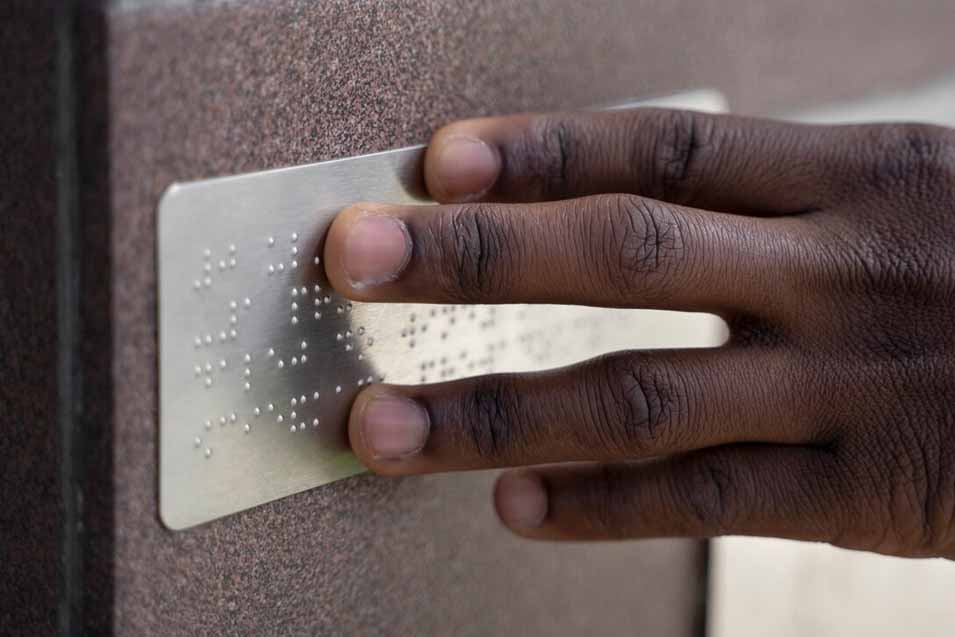Navigation across the building is an important aspect to ensure comfort for both visitors and employees. However, even the best signs might not provide a proper wayfinding experience for people with specific disabilities. That’s why, in order to exclude discrimination against specific categories of citizens, the government developed the Americans with Disabilities Act which regulates the arrangement of public space. Requirements for door signs are an important part of this document.
Where to Buy Custom Braille Signs
Before we start exploring the usefulness of door signs with Braille fonts, let’s find out where to find such specific products. If you are looking for custom braille signs — Bsign is your best supplier. The store offers complete compliance with the strictest ADA standards while designing plates that will harmonically suit your space’s interior style. What’s more, you can place a custom order, meaning you can adjust such features as:
- Materials;
- Sizes;
- Colors;
- Mount methods.
Thanks to the Bsign’s professionalism and advanced UV printing technology, your vision will come to life!
Braille Fonts to Provide Better ADA Compliance
Although Braille fonts are not mandatory in terms of adherence to ADA standards, they remain effective solutions to avoid any kind of discrimination against vulnerable groups of individuals. However, even if you put a Braille font on your sign, make sure it meets other important standards as well. These standards regulate such features as:
- Characters — all characters on door signs should be uppercase and they must be raised above the background plate at least 0.88 mm in order to enable tactile navigation.
- Fonts — you mustn’t apply sophisticated fonts that might distort the perception of individuals with visual impairments. These restrictions include italic and script fonts.
- Placement — ADA-compliant signs must be placed on all permanent premises, including elevators, restrooms, emergency exits, etc.
Do All Signs Have to be ADA-Compliant?
It’s important to specify that the Americans with Disabilities Act regulates the design of only those signs that are most important for directional clarity, in particular, during emergency situations. If you have specific nameplates for meeting rooms, menus, or plaques with your brand name or logo, it’s not obligatory to follow the ADA standards and put writing in Braille on them.
Why Use Braille Signs if Not for Compliancy with Regulations?
Last but not least, the use of custom Braille signs isn’t just about compliance with regular standards. What’s more important is that such solutions make your space comfortable for all groups of visitors. Accessibility and inclusivity are the major features of responsible businesses these days from an ethical perspective. Thus, even if there’s no need to make all signs ADA-compliant, we suggest that you apply Braille fonts to ensure a seamless experience for everyone. Appreciate all your clients and all your clients will appreciate you!






